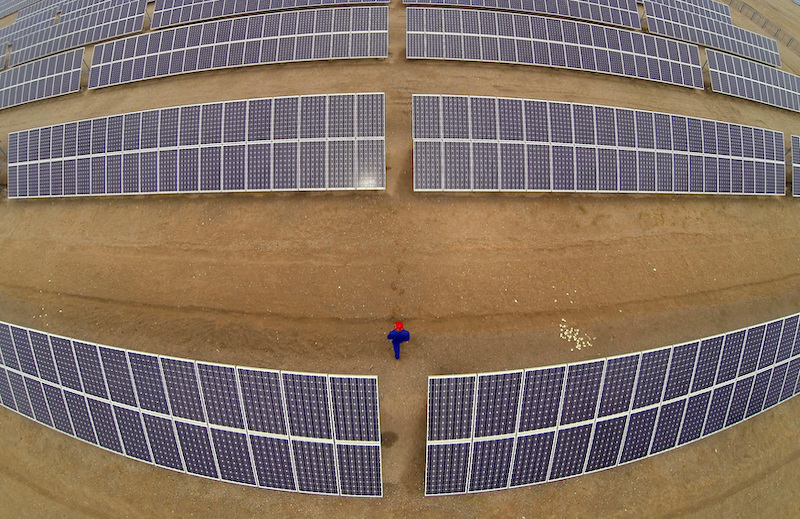Trina Solar, one of China and the world’s biggest solar panel makers, plans to set up a third factory in Vietnam, sources say.
The group is looking to invest $400 million in a plant on 25 hectares of industrial land, with production starting in 2025, one source said.
The move is reportedly aimed at boosting exports to the United States following punitive duties imposed on products it makes in Thailand.
Another person involved in discussions with the company said Trina flagged $600 million in possible investment in Vietnam. The sources declined to be named because project details are confidential. Trina did not reply to requests for comment.
ALSO SEE: Vietnam to Restart Giant Rare Earths Mine in Bid to Rival China
China second biggest investor in Vietnam
Trina’s Vietnam investment follows an investigation by the US Department of Commerce which concluded last month that Trina was among five Chinese solar firms who used their plants in Thailand and other Southeast Asian countries to dodge punitive tariffs on Chinese-made panels, which the US says benefit from unfair state subsidies.
The tariffs, which are due to come into effect from the middle of next year, only impact Trina’s Thailand operation so far, but the widespread practice of Chinese firms setting up facilities in Southeast Asia for export to the US remains under close scrutiny.
The top producing countries in the region account for about 80% of US panel supplies, with Vietnam providing about one third of all US imports of solar panels in the first quarter of this year, according to S&P Global Market Intelligence.
Trina is already one of the biggest solar panel makers in Vietnam, and its planned investment underscores the growing interest of Chinese businesses in setting up factories there as they seek to avoid escalating geopolitical and trade tensions between Beijing and Washington.
China is the second biggest foreign investor in Vietnam this year, pouring into its neighbour from January to mid-August $2.7 billion, or more than five times the value of investments by US companies during the same period, according to Vietnamese government data.
Feng shui to determine location
Trina has two plants in Vietnam: one began making silicon wafers last month with an expected annual output of 6.5 gigawatts (GW), and another one that produces solar cells and panels.
It was not immediately clear what product the new plant would manufacture. One source said it would focus on making solar cells, while another person said silicon wafers.
Sources said the company was looking at various industrial parks. One person said Trina had asked a feng shui expert to be involved in the final decision.
Feng shui is a traditional Chinese geomancy practice that is used to determine which location would be most auspicious.
Another source said Trina Vietnam’s power supply problems were being considered as the company weighed options for its possible expansion.
A heatwave in June hit the output of hydropower, Vietnam’s second biggest source of electricity, forcing factories to temporarily suspend production due to power cuts.
- Reuters with additional editing by Jim Pollard
ALSO SEE:
Seeking China Hedge, Top US Chip Firms to Join Biden in Vietnam
China’s Trina Solar to Set up Vietnam Plant to Supply US – PV Mag
US Crackdown on China ‘Slave Labour’ Blocks Solar Projects
US Ban on Xinjiang Could Hit Global Solar Panel Industry
China Should Release All Detainees in Xinjiang, UN Says
























